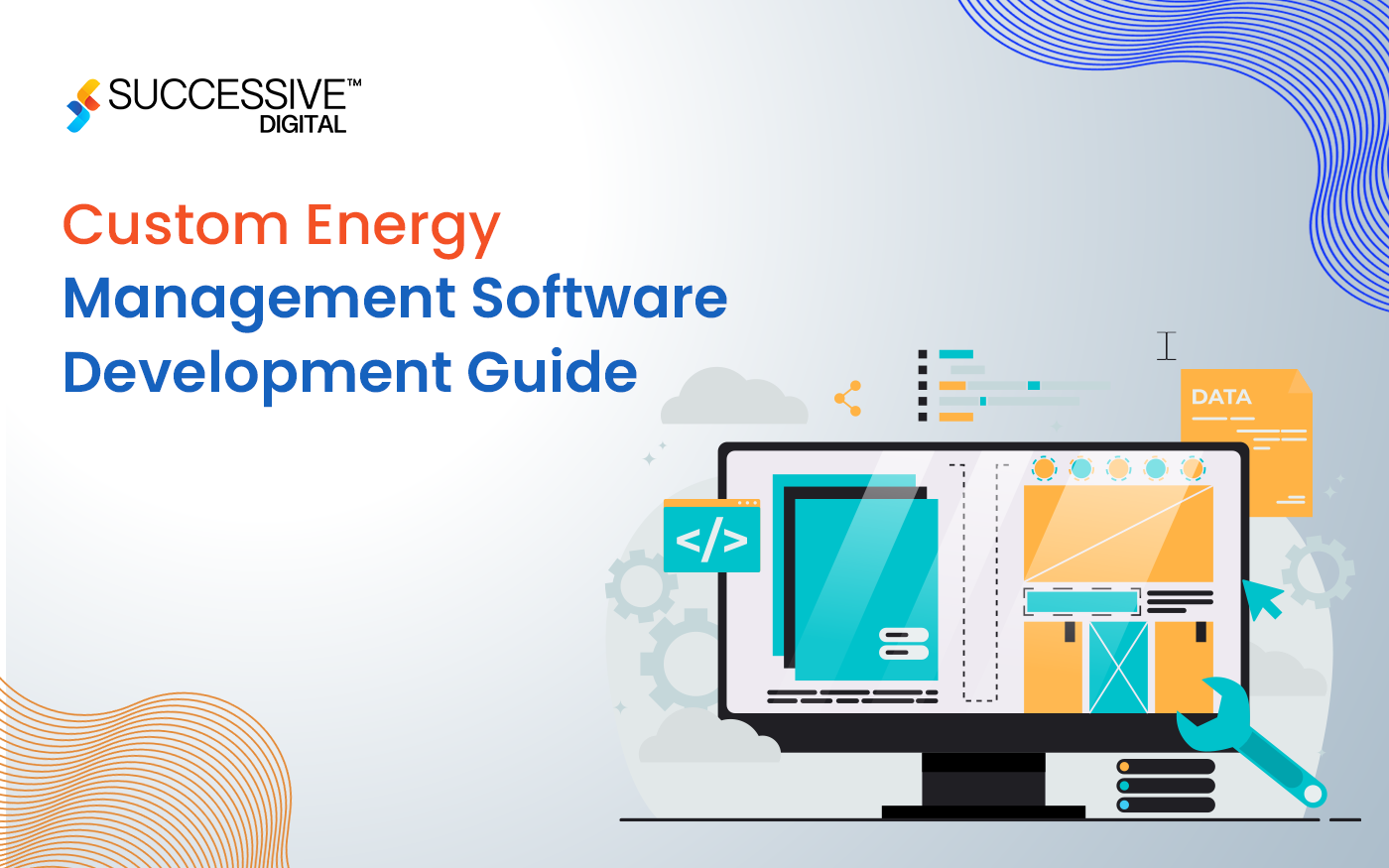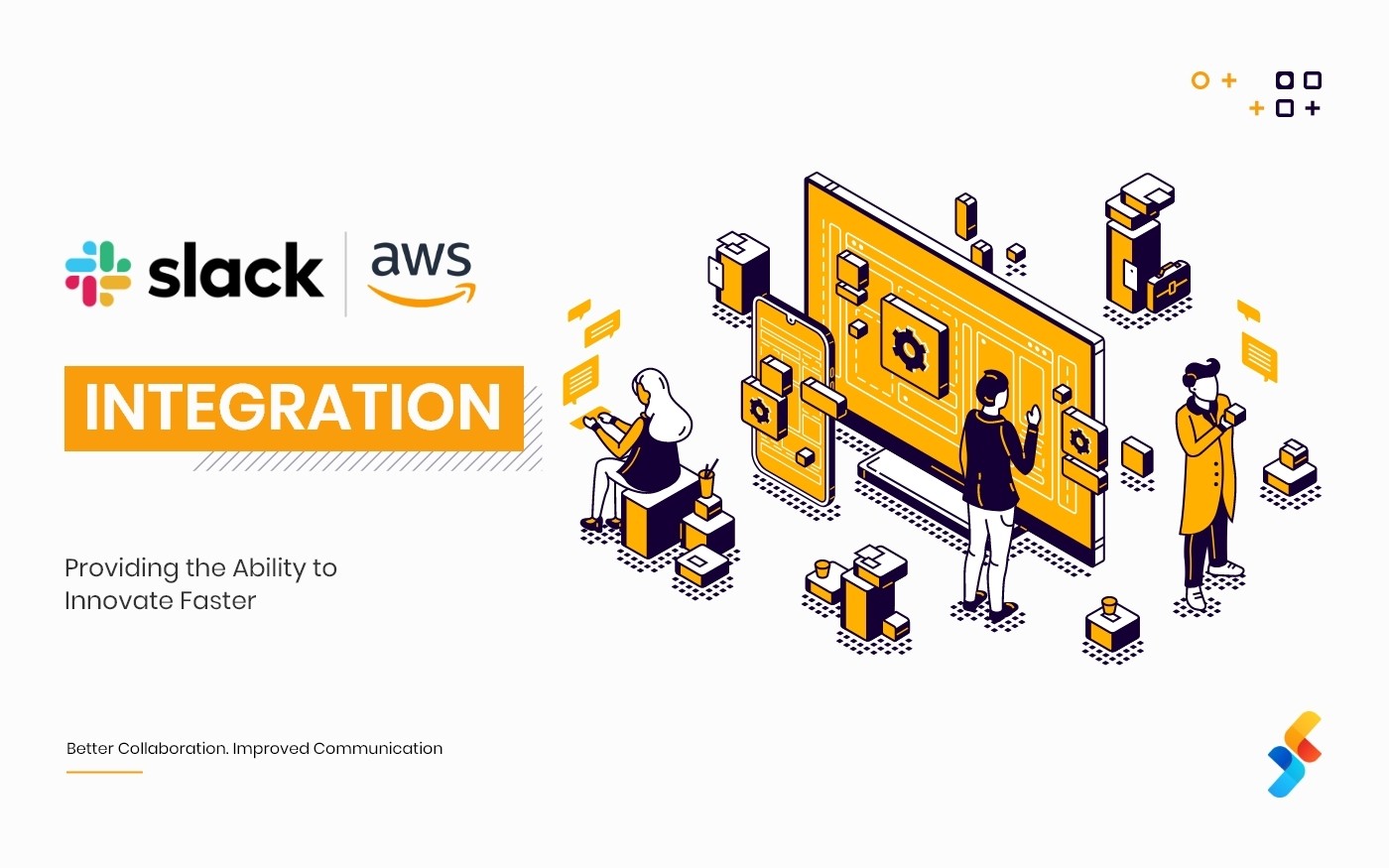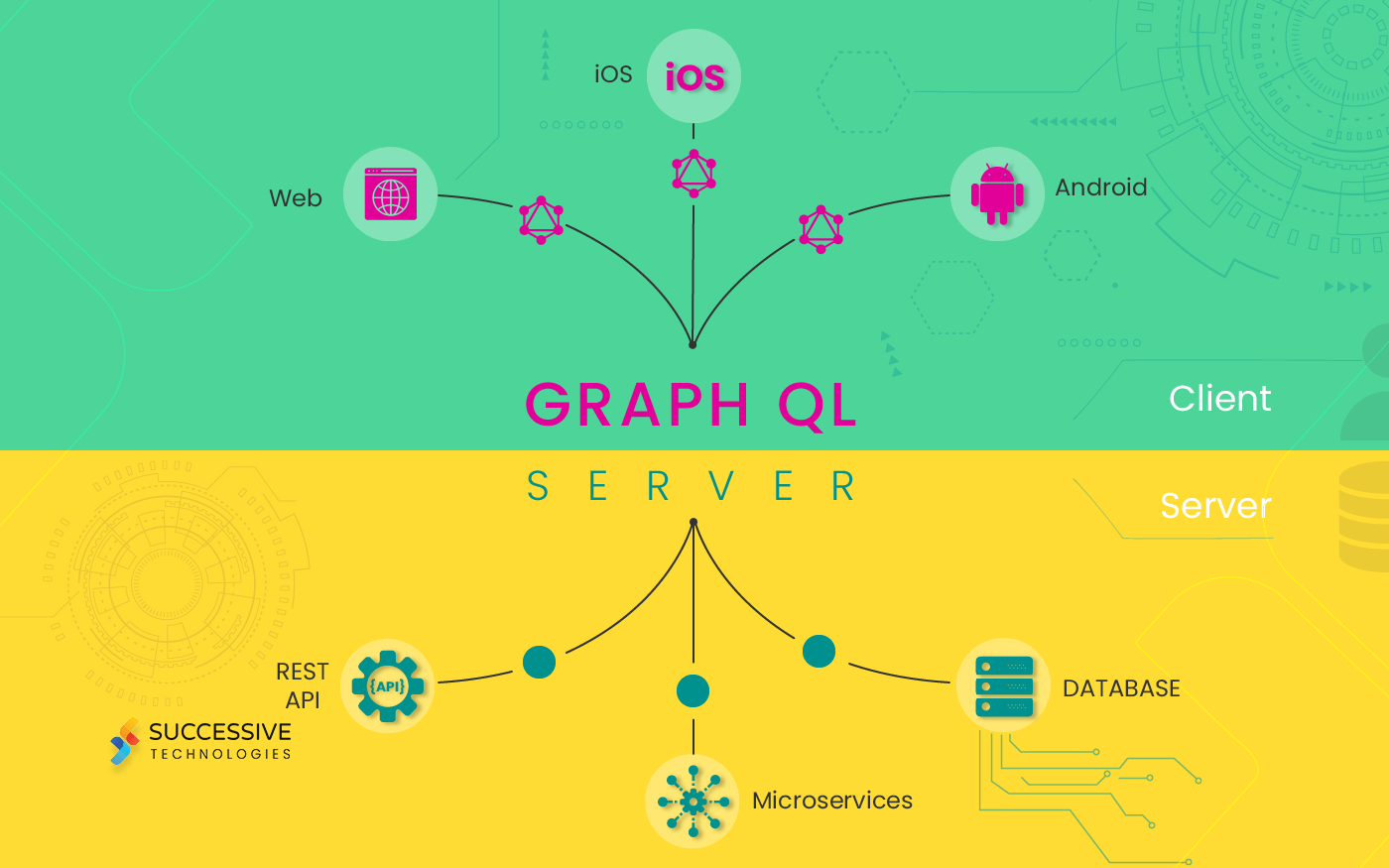It’s no secret that businesses that respond quickest to changing customer needs are those that win. But to continue winning, they need to overcome the challenge of scalability. This is where companies running legacy applications are at a serious disadvantage.
Legacy apps are built on monolithic architecture. They’re relatively easy to build, test, deploy and troubleshoot. And they actually work well for smaller businesses that don’t need their apps to evolve too much.
But as monoliths evolve, they become more complex to work with. Releasing new features is expensive and time-consuming, and each new element threatens a system crash. Quick fixes are never-ending, and apps become tough to scale.
This is why companies are decomposing their monoliths into much more manageable and scalable microservices architecture.
So, what exactly is microservices architecture? How does it help businesses? And how can you build your own microservices architecture?
Let’s take a closer look and find out.
What Is Microservices Architecture?
Microservices architecture is a method of designing software systems that are especially suited to the development of large and complex applications.
Building a microservices architecture involves splitting a large application into many smaller ‘micro’ services that are each focused on delivering only one piece of functionality. These microservices can also be largely deployed independently of each other.
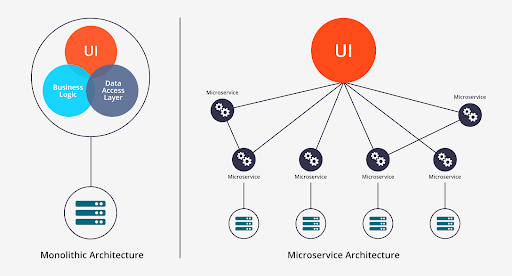
Microservices can be built around specific business capabilities. This means they accurately reflect the way the business operates. With different teams focusing on different services, you can shorten development time and deploy specific components faster.
Also Related: 8 Ways to Boost Your DevOps Efforts
How Do Microservices Work?
To understand this, let’s take the analogy of a computer.
While traditional or monolithic application design is similar to purchasing a ready-to-use laptop computer, microservices-based design is more like purchasing many smaller tablet computers, each of which you use for one function only.
For example, there could be one tablet computer that you use for completing all your work-related tasks, one for watching videos, one for holding meetings, and so on.
Just as when you need to upgrade one tablet computer, you can still use the others to perform their respective functions, each microservice in your application can be run and modified independently of the others.
What Are APIs, and How Do They Work?
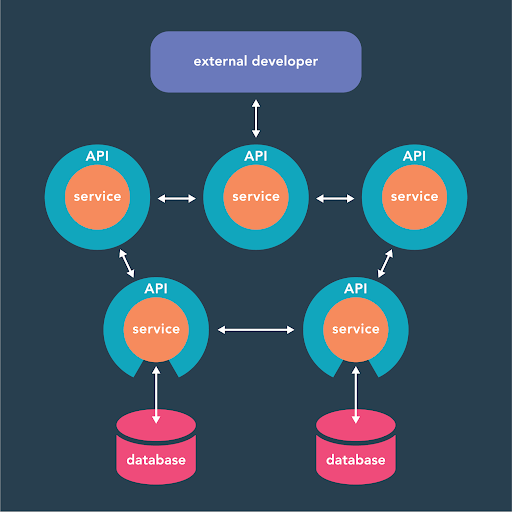
Microservices are connected to each other by application program interfaces (APIs).
To better understand the working of API integrations, think of the WiFi network that allows all your tablet computers to communicate with each other, share files and information, and make requests.
In a similar way, APIs allow the different microservices that make up your application to access the data or functionality they need to run successfully.
Also Related: What Is An API?
What Are the Benefits of Microservices?
Microservices offer many advantages. Let’s look at some of these.
Fast and flexible
Microservices architecture offers a fast and efficient approach to building, deploying, managing, and maintaining apps. With this approach, you can deliver feature-rich applications with more modularity. You can also make improvements and updates to individual services without redeploying the whole application, which helps shorten the time to market.
Easily maintainable
Microservices-based apps are highly maintainable. Small components can be continuously tested, making your app error-free and reliable. This also results in better customer experience delivery.
Higher productivity
Through microservices, you can select best-fit technologies, reuse code, and speed up development. This allows you to achieve your business goals faster and innovate.
Increased reliability
With microservices, you can use infrastructure management tools like Kubernetes to achieve zero downtime deployments. In case of any service failures, Kubernetes can instantly roll back the deployment or redeploy the right services, in accordance with the rules you set. Any unexpected faults can be isolated easily, and the application as a whole keeps running even if one service fails.
Increased scalability
You can track and add infrastructural resources as needed to services that are being used more often.
All of these advantages allow you to lower the total cost of ownership of your application and earn higher returns on your investment.
How to Transform Legacy Apps into Microservices
The process of breaking down a complex application into smaller components can seem daunting at first. But by following some best practices for microservices design, you can do this successfully.
Here are the key steps you should follow.
1. Closely Understand the Existing Architecture
Before you make any changes to the system, make sure you gain a comprehensive understanding of the existing monolithic application’s function and services.
2. Create Alignment
Microservices architecture allows you to select different technologies and programming languages for each service. But since your microservices will be developed simultaneously by many different teams of developers or with help of a microservices development company, this requires effective coordination between developers and testers.
To ensure this goes smoothly, you will need to:
- Clearly define functionality requirements
- Establish clear communication channels
- Select any standardized formats necessary
- Create shared documentation
You also need to do some change management as your team transitions to a new way of working. This calls for a lot of planning effort initially, but you’ll reap the benefits later.
3. Design the New Architecture
To design your microservices architecture, you need to break down the monolithic application into small, loosely coupled services. Each of these should complete a particular goal. All of these services should also come together to deliver all the functionality of a single large application.
For instance, for a travel-related application, you might have individual services that allow the user to:
- Register or log in
- Search for a flight
- Book a flight
- Book any additional services
When designing your application’s architecture, consider all the cases where the same code can be modularized and reused for different modules. Also, consider all the dependencies between the different components of your application. It’s best to design your system in such a way that individual microservices are not very interdependent.
Also, select a suitable API to ensure a smooth flow of communication between application components. Commonly used APIs include REST, SOAP, and gRPC.
Another element to consider is the proper management of the calls to particular services. Implementing auto-scaling can help minimize issues with application performance.
Putting thought and effort into the initial architecture discussions will help you avoid the consequences that come with a failed or poorly executed implementation.
4. Monitor Your Application
Once your application is deployed, make sure that you analyze the logs from each microservice and set up a detailed plan for ongoing monitoring. Also, set up appropriate notifications and alerts using monitoring tools and dashboards.
Microservices Development Can Be Costly If Not Done Right
With a host of different technologies and services in play, managing microservices architecture can be challenging. Microservices applications can also have high operational costs due to greater resource use.
Seeking the help of microservices experts can help you minimize these risks. A trusted implementation partner like Successive Technologies can assist you in optimizing costs, maximizing performance, and setting up effective monitoring for easier management of your microservices application—so that you continue to drive long-term value from your microservices-based application.
Read Next: 3 Strategies for Building Faster & Better Applications










